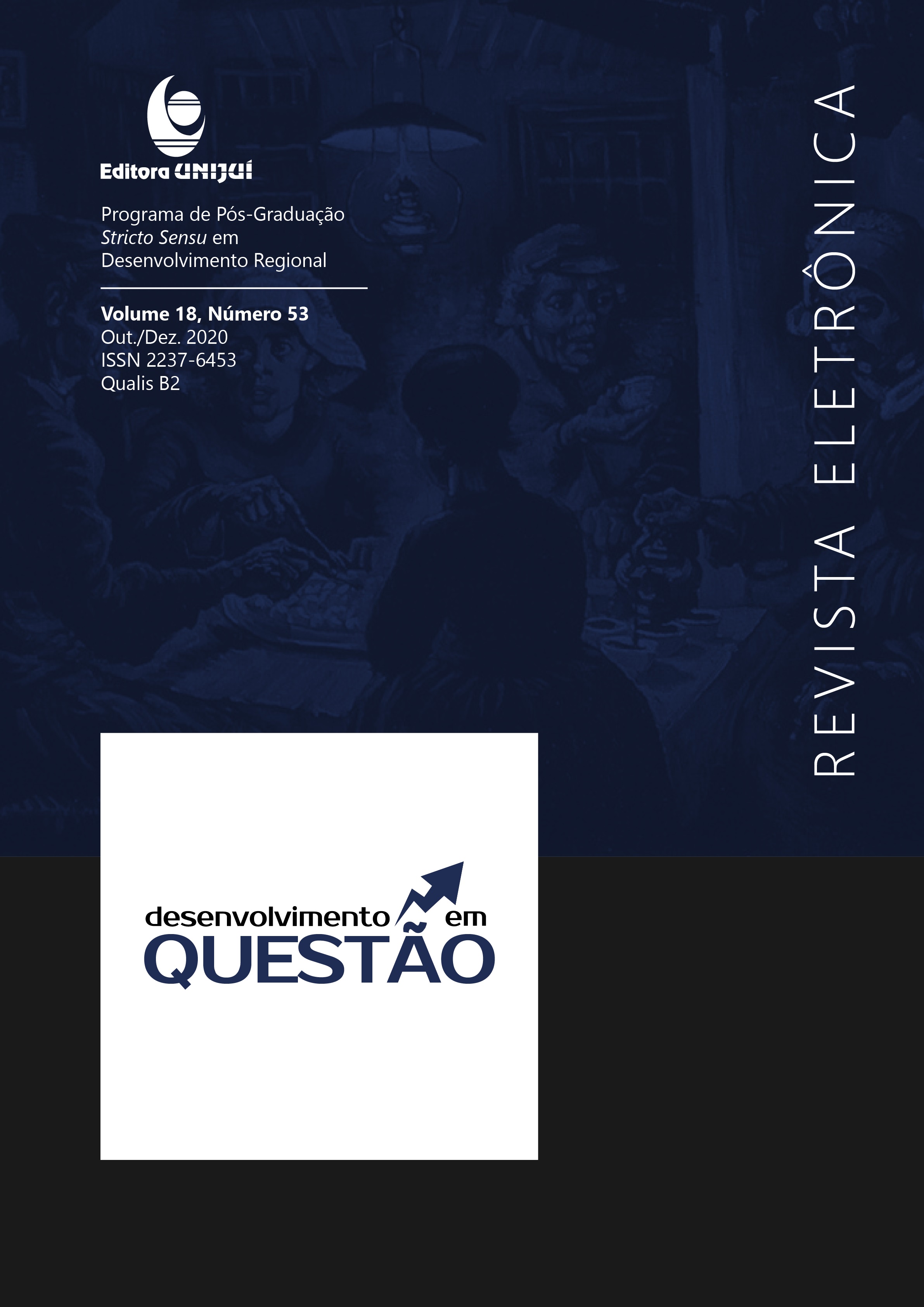A LOOK AT VERTICAL INTEGRATION FROM ORGANIZATIONAL RESOURCES AND CAPACITIES: A STUDY IN FACTORIES IN THE CLOTHING SECTOR
DOI:
https://doi.org/10.21527/2237-6453.2020.53.307-329Keywords:
Resource Based View. Strategic resources and capacity. Vertical Integration. Governance structures. Competitive advantage.Abstract
This article aims to understand the influence of strategic resources and capabilities in the choice for vertical integration in clothing factories in Maringá. To achieve the proposed objective, a qualitative and descriptive research was carried out, using semi-structured interviews with managers and partners of the clothing-making factories. With regard to the results, it was identified that, in all factories, the governance structure vertical integration is used in the modeling and creation process, a stage that constitutes the identity of these companies. The presence of contracts was also identified, mainly in the sewing stage. It was found that vertical integration, as a possible source of competitive advantage in garment factories, is influenced by strategic resources and capabilities, notably physical resources (automated cutting machine, proprietary software, proprietary physical structure), and these resources were found, mainly, in companies that are more vertically integrated. It is concluded that the factories that have a higher level of vertical integration, are also those that have more resources and strategic capabilities, potential generators of competitive advantage.
Downloads
Published
How to Cite
Issue
Section
License
By publishing in Revista Desenvolvimento em Questão, authors agree to the following terms:
All works are published under the Creative Commons Attribution 4.0 International License (CC BY 4.0), which allows:
Sharing — to copy and redistribute the material in any medium or format;
Adaptation — to remix, transform, and build upon the material for any purpose, even commercially.
These permissions are irrevocable, provided that the following terms are respected:
Attribution — authors must be properly credited, a link to the license must be provided, and any changes made must be indicated.
No additional restrictions — no legal or technological measures may be applied that legally restrict others from doing anything the license permits.
Notices:
The license does not apply to elements that are in the public domain or covered by legal exceptions.
The license does not grant all necessary rights for specific uses (e.g., image rights, privacy, or moral rights).
The journal is not responsible for the opinions expressed in the articles, which are the sole responsibility of the authors. The Editor, with the support of the Editorial Board, reserves the right to suggest or request modifications when necessary.
Only original scientific articles presenting research results of interest that have not been previously published or simultaneously submitted to another journal with the same purpose will be accepted.
Mentions of trademarks or specific products are intended solely for identification purposes and do not imply any promotional relationship by the authors or the journal.
License Agreement (for articles published from 2025 onward): Authors retain the copyright to their article and grant Revista Desenvolvimento em Questão the right of first publication.











